Global Superstitions
Dive into the fascinating world of global superstitions! This blog explores hundreds of beliefs, rituals, lucky charms, and unlucky omens from diverse cultures across the globe. Discover why people avoid black cats, knock on wood, or carry specific talismans. Join us as we unpack the history, psychology, and cultural significance behind these intriguing practices.
01 Jan 0001
A Gift of a Purse or Wallet Should Always Include Money to Ward Off Bad Fortune.

The superstition surrounding the gifting of a purse or wallet dictates that it should never be given empty, but rather contain some amount of money to ensure the recipient’s future prosperity. This belief, deeply rooted in folklore, suggests that an empty wallet or purse presented as a gift carries the potential for a lifetime of poverty for the receiver.
The origin of this superstition is often attributed to the belief that an empty purse would invite misfortune, possibly even the Devil himself, who would then use poverty to tempt individuals toward ungodly acts. This perspective aligns with the historical perception of poverty as a catalyst for immoral behavior, such as theft, deceit, and prostitution. Such acts were viewed as sinful and undesirable, reinforcing the need to avoid the state of being penniless.
01 Jan 0001
A Swan's Feather Sewn into a Husband's Pillow: A Superstition for Marital Fidelity
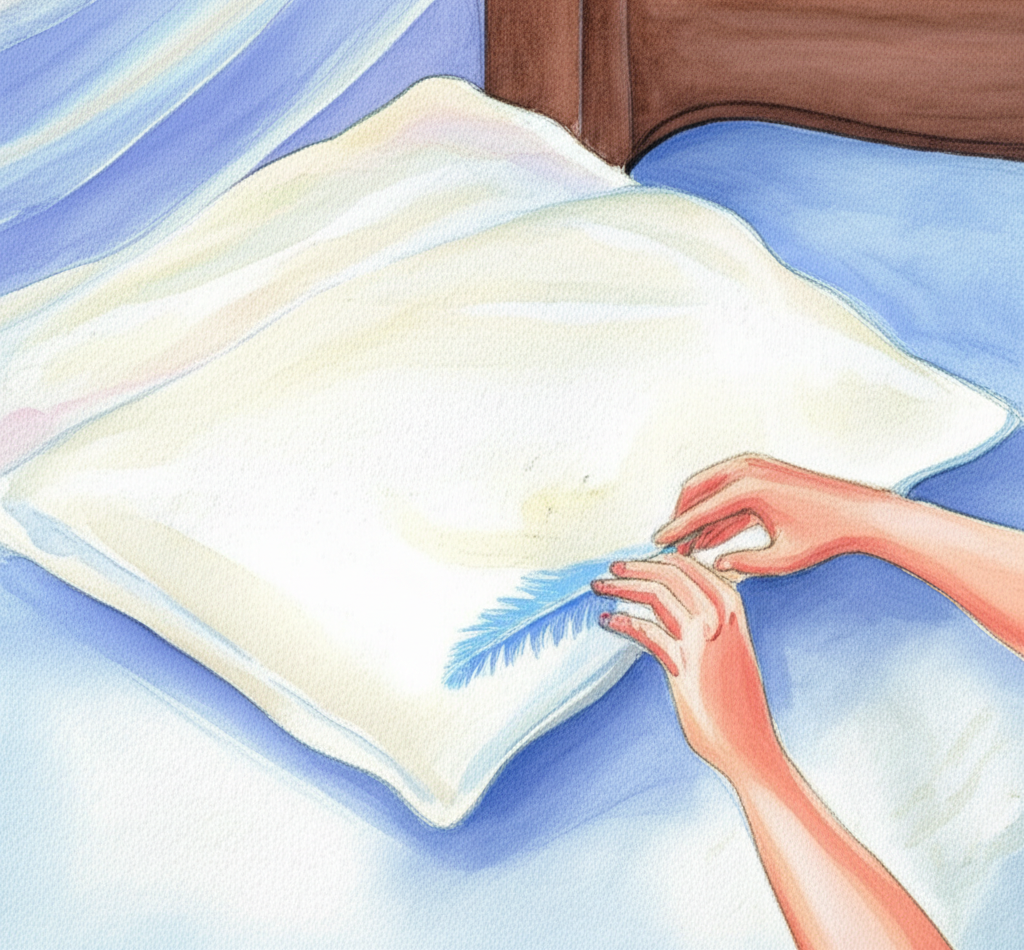
Superstitions often arise surrounding significant life events, including birth, death, and marriage. The commencement of married life, much like the New Year, was believed to dictate the future success of the union. Consequently, newlyweds traditionally adhered to various wedding-day customs aimed at securing a harmonious and prosperous life together, many of which persist to this day. One particular superstitious act, traditionally performed discreetly by the bride, involved ensuring her husband’s fidelity by sewing a swan’s feather into his pillow.
01 Jan 0001
Accidents Happen in Threes - Exploring the Superstition's Origins and Evolution

The superstition that “accidents happen in threes” is a widely held belief that misfortunes, particularly accidents, tend to occur in sets of three. This notion, pervasive in Western cultures, has a history spanning centuries, influencing behavior and shaping interpretations of unfortunate events.
The superstition gained significant traction from the mid-nineteenth century onwards, though its roots may trace back further. It shares similarities with the belief that deaths occur in threes, suggesting a common origin in anxieties surrounding misfortune and mortality. The core idea revolves around a perceived pattern of events, where the occurrence of one accident or misfortune increases the likelihood of two more.
01 Jan 0001
An Upside-Down Loaf: The Perilous Superstition Surrounding Sliced Bread

Bread, a dietary staple deeply interwoven with human history, holds a revered position that stretches back to the dawn of agriculture in Neolithic times. This veneration has given rise to numerous customs and superstitions, one of the most intriguing being the belief that turning a sliced loaf of bread upside down is perilous. This article delves into the historical background, cultural context, and evolution of this widespread superstition.
01 Jan 0001
Avoiding Misfortune: Why Using Scissors on New Year's Day is Considered Bad Luck

The start of a new year is often accompanied by a plethora of customs and rituals, all aimed at ensuring good fortune in the coming months. Among these, a particularly interesting superstition warns against using scissors on New Year’s Day, rooted in ancient beliefs about the symbolic power of everyday objects.
Historical Background: The significance of New Year celebrations can be traced back to ancient civilizations. The Romans, for example, made offerings and sacrifices throughout January to appease Janus, the god of beginnings, in hopes of securing a prosperous year. They exchanged gifts and believed that the commencement of any endeavor, particularly the new year, served as an omen for its future course. This belief fostered a culture where actions taken on the first day were thought to set the tone for the entire year.
01 Jan 0001

The superstition that biting one’s tongue while eating indicates a recent lie originates from a long-held belief connecting physical ailments to moral transgressions, particularly those involving dishonesty. This notion has evolved over centuries, transitioning from the expectation of a physical blister to a more generalized sensation of pain or discomfort.
This superstition stems from the older conviction that telling a falsehood, excessively flattering someone, or using deceptive language would result in a blister forming on the tongue. Evidence suggests this belief was prevalent from at least the 17th century. William Shakespeare, in A Winter’s Tale, alludes to this, with the character Paulina, anticipating the delivery of unfavorable news to the King, stating, ‘If I prove honey-mouth’d, let my tongue blister.’ This demonstrates the widespread acceptance of the idea that the tongue, as the instrument of speech, would suffer physical consequences for verbal sins.
01 Jan 0001
Black Cat Superstition: A History of Good and Bad Omens
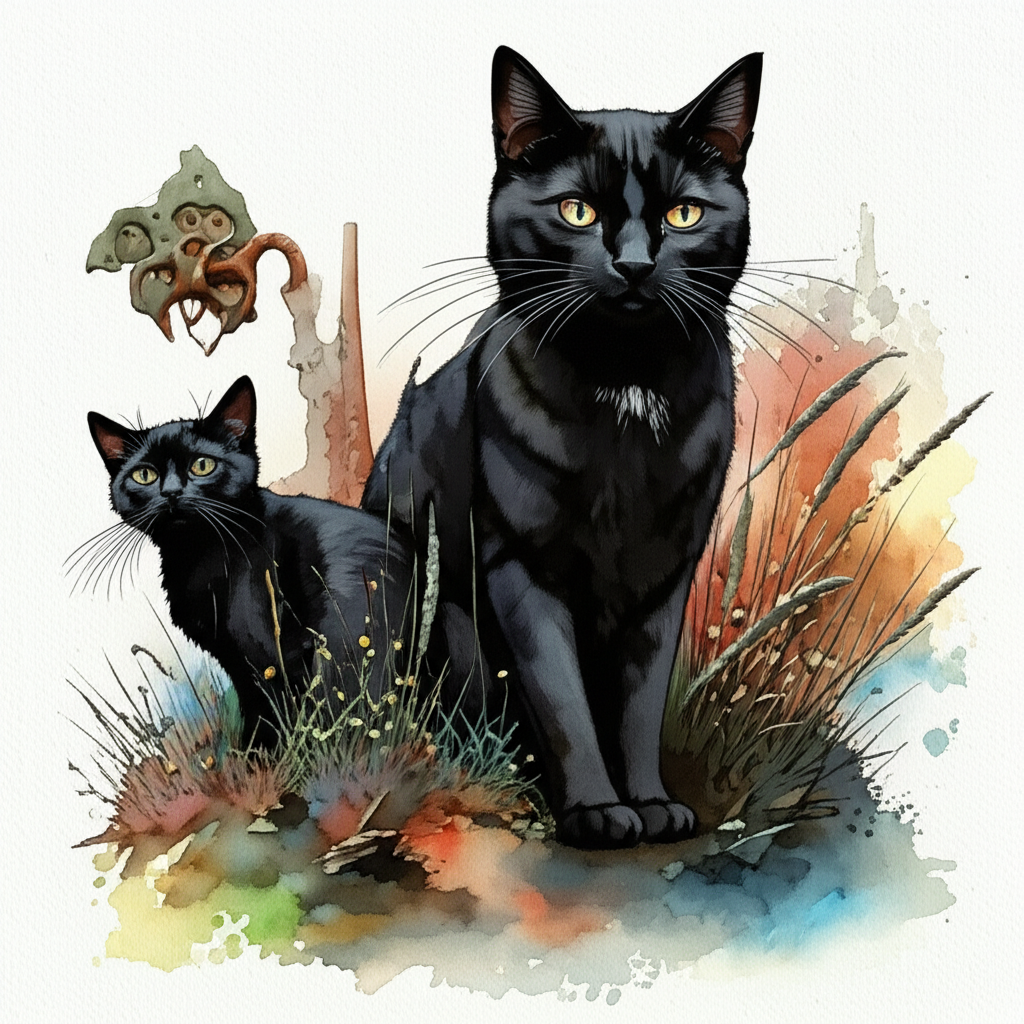
Black cats are deeply embedded in global folklore, and superstitions surrounding them persist in modern societies, demonstrating a wide range of contradictory beliefs about their significance. While some cultures consider black cats symbols of good luck and prosperity, others view them as harbingers of misfortune and evil.
Historical Background
The association of black cats with superstition can be traced back to ancient times. In Norse mythology, Freya, the goddess of love, beauty, and fertility, was said to travel in a chariot drawn by black cats. However, some interpretations suggest these cats later transformed into demonic horses, thus linking them to the Devil. This duality in early symbolism laid the groundwork for contrasting views on black cats.
01 Jan 0001
Breaking a Mirror: Exploring the Superstition of Seven Years' Bad Luck

The superstition that breaking a mirror brings seven years of bad luck is a widely recognized belief, but its roots extend far beyond a simple fear of misfortune. This notion, connecting shattered glass with impending doom, is layered with historical, cultural, and symbolic meanings.
The historical origins of this superstition can be traced back to ancient civilizations. Romans, Greeks, as well as those from ancient China, Africa, and India, believed that mirrors possessed the power to capture a person’s soul. When an individual gazed into a mirror, their soul was, in essence, transferred into their reflected image. Consequently, any damage inflicted upon the mirror was perceived as damage to the soul itself. This belief established a direct link between the physical integrity of the mirror and the well-being of the individual.
01 Jan 0001
Bringing Lilies Indoors: Examining the Superstition's Origins and Evolution

Flowers have carried historical and religious significance for millennia, and the lily is no exception, appearing in folklore dating back to antiquity. The superstition surrounding lilies, specifically the belief that bringing them indoors brings bad luck, has roots in ancient traditions and evolved through various cultural and religious contexts.
Historically, the lily has been associated with positive attributes. According to Greek legend, the flower was formed from drops of the Goddess Hera’s spilt breast milk, symbolizing purity and fecundity. In ancient Greece, lilies were woven together with ears of wheat to form crowns worn by brides at marriage ceremonies, representing their innocence and blessing their fertility. Roman tradition saw lilies presented to young women by their suitors during the celebration of the spring solstice. Similarly, Slavic pagan mythology also held the lily as a symbol of fertility and new life, ritually given as gifts at the spring celebration of Ostara, the time of renewal that eventually became associated with the Christian Easter.
01 Jan 0001
Burning Beef Bones: A Superstition of Poverty, Saints, and Scorn
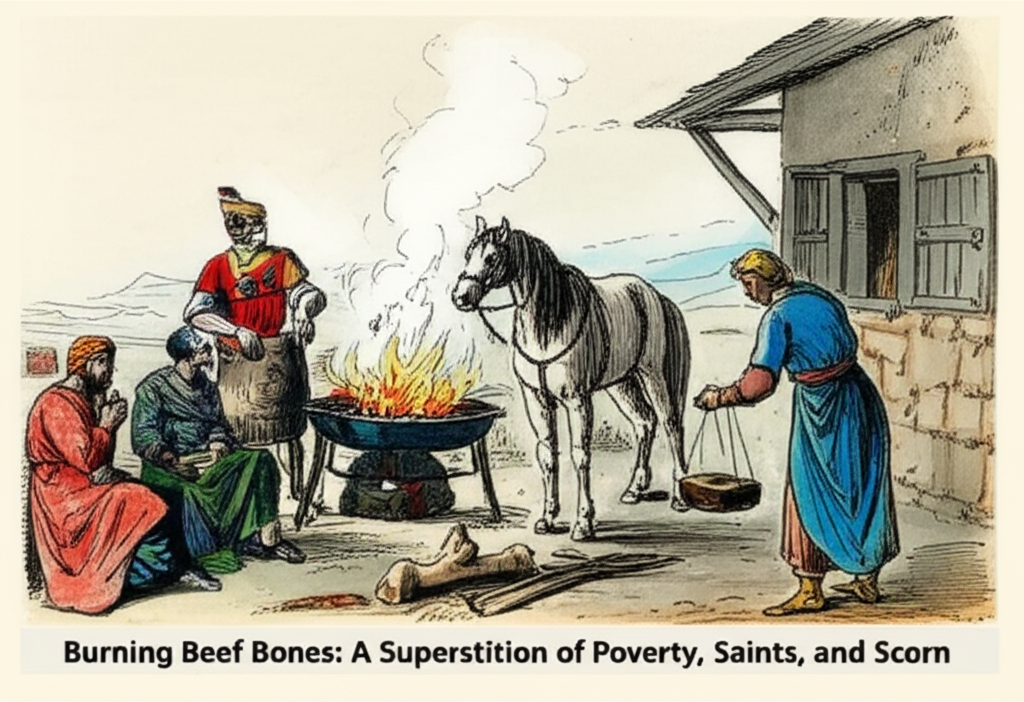
The superstition that burning beef bones brings bad luck is a longstanding belief rooted in historical events, religious figures, and practical household economics. This seemingly simple kitchen taboo carries a weight of symbolism connected to poverty, martyrdom, and resourcefulness.
Historical Background: The origins of this superstition are somewhat obscure, but they are potentially linked to the story of St. Lawrence, a revered martyr of the Roman Church. St. Lawrence, who lived in the 3rd century AD, was responsible for the care of the poor and needy. In 258 AD, the Prefect of Rome, suspecting the Church possessed a hidden fortune, demanded that St. Lawrence hand over its treasures. Instead, St. Lawrence presented the destitute people of Rome, those whom the Church aided. Enraged, the Prefect ordered St. Lawrence’s slow and agonizing execution by being burned alive on a grill. This event casts a shadow of suffering and loss associated with the act of burning, potentially transferring to the idea of burning beef bones.
01 Jan 0001
Burning Cheeks: The Superstition That Someone Is Talking About You

The superstition that burning cheeks signify someone is talking about you persists to this day, often recited when experiencing a burning sensation in the cheeks or ears. The core belief suggests that the heat indicates that one is the subject of conversation, although interpretations vary concerning the nature of the remarks.
The roots of this superstition lie in early beliefs surrounding witchcraft and the perceived ability of wise women to cast spells. During the Middle Ages, ‘cheek burning’ was regarded as a potential sign of magical influence, prompting the afflicted to recite counter-curses to negate the spell. An example of such a curse is:
01 Jan 0001
Carrying a Toadstone: A Superstition for Protection Against Evil and Curing Illness
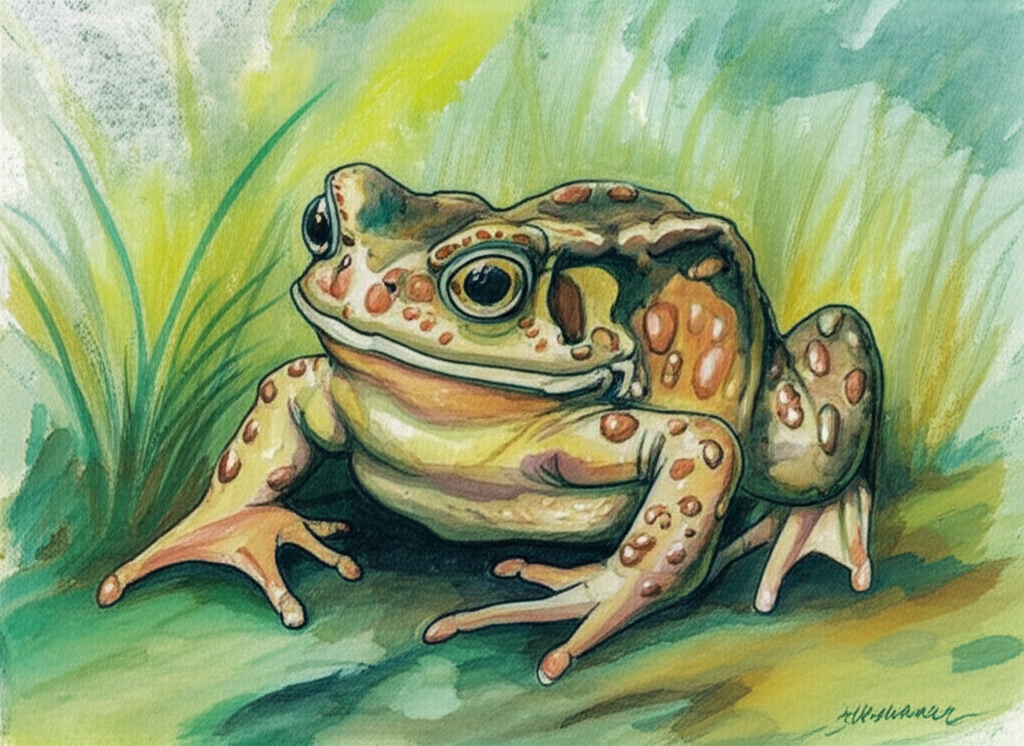
For centuries, the belief in the protective and healing properties of toadstones has permeated various cultures, rooted in the perceived connection between amphibians, magic, and the natural world. This superstition, involving the carrying of a ’toadstone,’ evolved from early observations of toads and their characteristics, progressing through associations with witchcraft and ultimately leading to the identification of the stones as fossilized remains. This article examines the historical background, cultural beliefs, and evolution of this enduring superstition.
01 Jan 0001
Changing a Bed on a Friday: A Superstition of Ill Omens and Restless Nights

Changing bed linens on a Friday has long been considered an action that invites bad dreams, a superstition rooted in a combination of historical religious beliefs and folklore surrounding luck and the spiritual realm. This belief, particularly prevalent in past centuries, highlights the interwoven nature of daily life, religious observance, and deeply held superstitions.
The aversion to commencing tasks on a Friday stems from the somber associations of the day within Christianity. Friday is traditionally regarded as the day of Jesus Christ’s crucifixion, a day of mourning and penance within the Church. This association led to a general reluctance to initiate any new endeavor on this day, from significant undertakings like starting a harvest or setting sail on a voyage, to even mundane chores. For instance, individuals recovering from illness would delay rising from bed until Saturday, avoiding the ill-omened Friday. This pervasive fear of misfortune on Fridays arose from a belief that beginning an activity on this day invited bad luck and potential disaster, especially in precarious situations like sea voyages where even minor mishaps could have devastating consequences. To mitigate these risks, people adhered to rituals believed to offer protection and ensure good fortune.
01 Jan 0001
Coastal Superstition: Death Waits for the Ebbing Tide

For centuries, communities living near the sea have held a unique superstition: that death cannot claim those residing close to the coast until the tide begins to ebb. This belief, deeply rooted in observations of the moon’s influence and the rhythms of the sea, suggests a profound connection between human life and the ocean’s tides.
The earliest documented reference to this belief appears in Pliny the Elder’s Natural History, written in AD 77. Pliny recounts Aristotle’s observation that animals die only during the ebbing tide. He then notes that while the observation has been frequently made on the coast of Gaul, it has only been found true specifically with respect to humans. This ancient account establishes the antiquity of the superstition and its initial focus on human mortality.
01 Jan 0001
Covering Mirrors After Death: Exploring the Superstition and its Historical Roots

The practice of covering mirrors after a death in the home is a long-held superstition rooted in historical beliefs about the soul, reflections, and the spirit world. This custom, once widespread, reflects anxieties surrounding death, the vulnerability of the soul, and the potential for supernatural interference.
The earliest origins of this superstition can be traced back to the 16th century, a period deeply influenced by religious beliefs and superstitions. Mirrors were not simply reflective surfaces; they were viewed as portals, gateways to an unnatural realm often associated with the Devil. Staring at one’s reflection for an extended period was considered an act of vanity, potentially inviting a glimpse of Satan himself standing nearby. The perceived danger was amplified by the belief that one’s reflection was, in some ways, an embodiment of the soul.
01 Jan 0001
Covering the Mouth When Yawning: A Superstition Rooted in History and Belief

The practice of covering one’s mouth while yawning is a widespread custom with roots stretching back over two millennia, stemming from a combination of health concerns, spiritual beliefs, and eventually, social etiquette.
Historical Background: The superstition’s origins can be traced to at least two distinct theories. The first, prevalent in earlier times, centered around the potential for transmitting fatal diseases through a yawn. As noted by the Italian historian Polydore Vergil in his 1499 work, De Rerum Inventoribus, yawning was linked to deadly plagues, leading people to protect themselves with the sign of the cross to ward off illness. Vergil mentions the custom of ‘crossynge of our mouth’ which aimed to provide a religious barrier against the potential spread of sickness.
01 Jan 0001
Crossed Knives at the Table: A Superstition Signifying Quarrel and Unrest
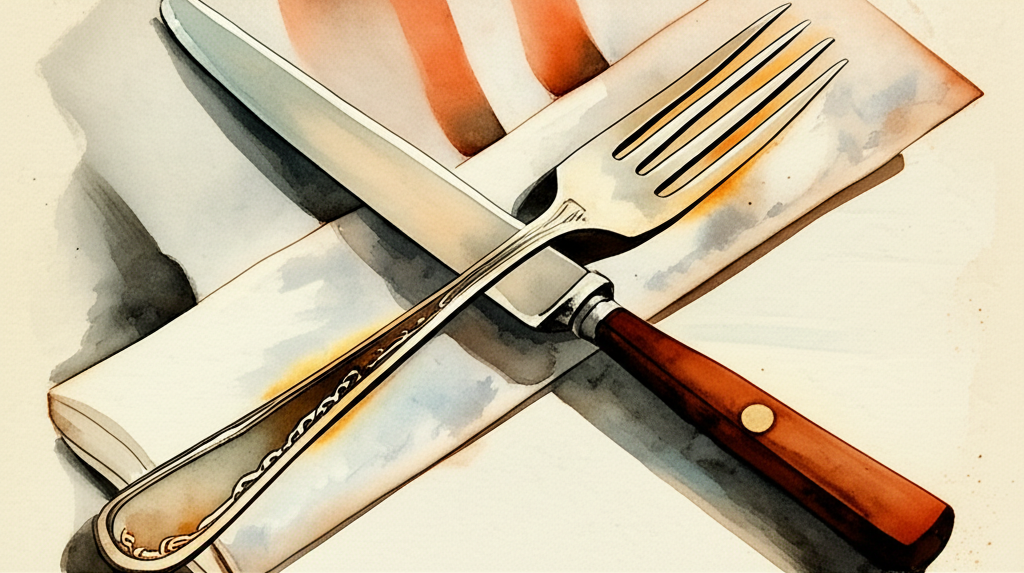
The superstition surrounding crossed knives at the table, viewed as an omen of impending quarrel or misfortune, holds a significant place in folklore and social etiquette. Its origins are intertwined with historical anxieties about witchcraft and evolving perceptions of proper behavior.
The earliest documented associations of crossed cutlery with negative omens can be traced back to the English witch hunts of the mid-seventeenth century. Reverend John Gaule, a vicar in East Anglia, addressed the issue in his 1646 book, Select Cases of Conscience Touching Witches. He cited the practice of ‘sticking of knifes acrosse’ as one of the ‘unwarrantable’ marks of witches, highlighting how such actions were used to persecute innocent women. Gaule’s motivation was to demonstrate the injustice of witch trials, particularly those orchestrated by figures like Matthew Hopkins, the self-proclaimed ‘Witchfinder General.’ Hopkins, notorious for his cruel methods, was responsible for a surge in witch hangings between 1644 and 1646. Gaule’s work played a crucial role in exposing Hopkins’s corruption and ultimately led to his downfall.
01 Jan 0001
Crying at Christening: The Superstition of Good Luck for Bawling Babies
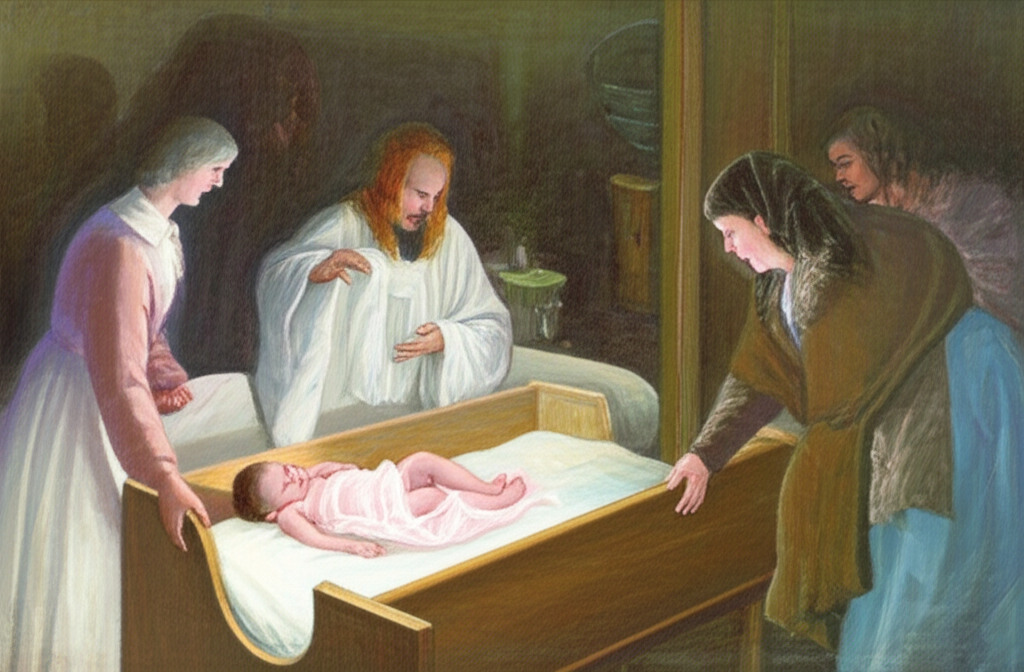
The belief that a baby’s cries during its christening signify good fortune is a long-held superstition with roots stretching back several centuries. This seemingly counterintuitive notion has its origins in a time when infant mortality was high and religious beliefs strongly influenced interpretations of life events. This post will explore the historical background, cultural context, and evolution of this intriguing superstition.
Historical Background
The earliest recorded instances of this superstition appear in print during the late 1700s. At this time, crying during a christening was not just considered good luck; it was deemed absolutely essential. The rationale stemmed from the grim reality of high infant mortality rates. In the early eighteenth century, approximately four hundred out of every thousand newborns died. Consequently, any sign indicating a child’s potential demise was taken with utmost seriousness. A silent baby during its christening was regarded as an ill omen, suggesting a short life ahead. This fear was so profound that nurses or mothers would often resort to pinching or startling the baby to elicit cries during the sprinkling of holy water.
01 Jan 0001
Cutting a Child's Nails Before Their First Birthday: A Superstition Explained
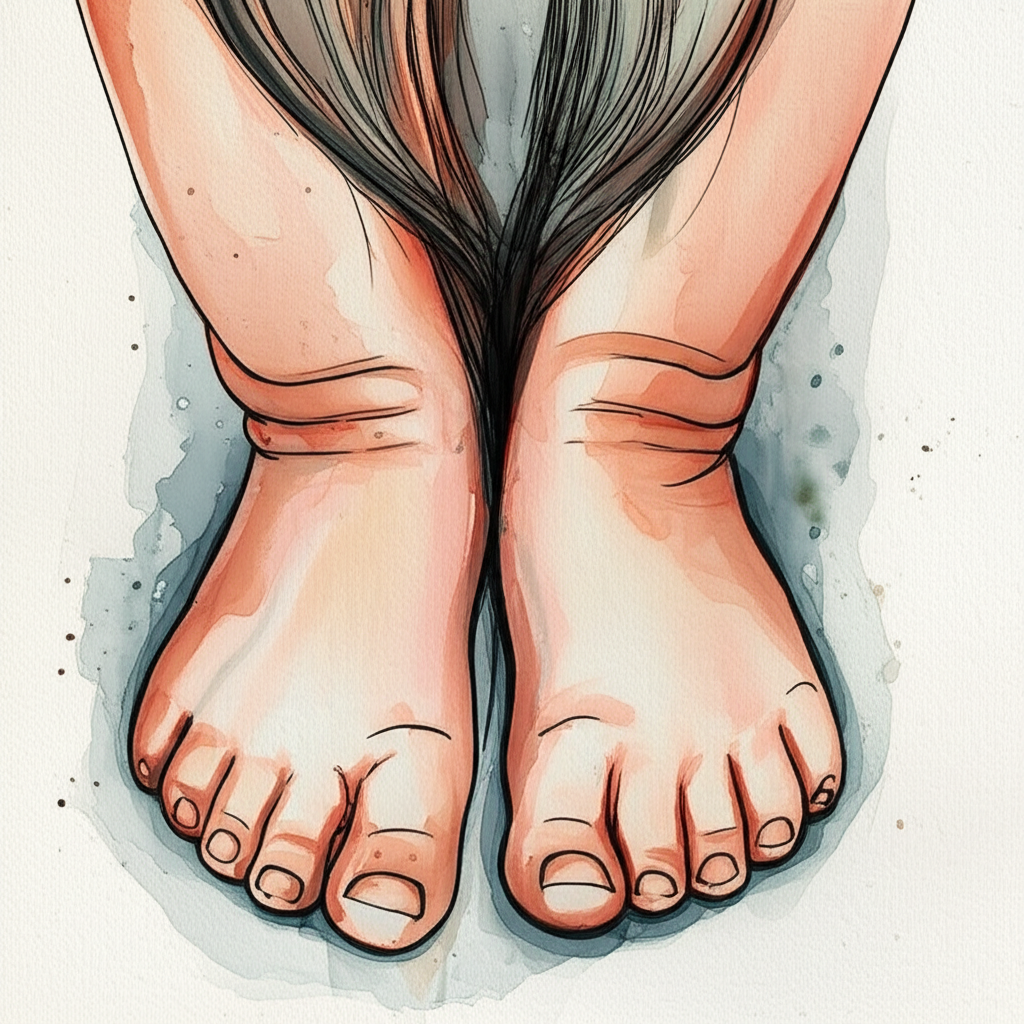
The superstition surrounding a child’s nails, specifically the belief that they should not be cut before the child’s first birthday, is a deeply rooted tradition with historical and cultural significance. This practice stems from ancient beliefs about the power contained within bodily remnants like hair and nails, and the potential for these to be used for malevolent purposes.
The fear surrounding hair and nail clippings dates back to ancient Egypt, where it was believed that a potion made from hair, nails, and blood could grant the mixer complete control over the person from whom the samples originated. The perceived potency derived from the idea that these materials represented an individual on a fundamental level.
01 Jan 0001
Cutting a Lone Hawthorn Bush: A Superstition Foretelling Death and Misfortune

The superstition surrounding the hawthorn bush, particularly the belief that cutting down a lone hawthorn will bring death or misfortune, is deeply rooted in history, folklore, and cultural beliefs. This seemingly simple act carries a weight of symbolism and historical context, making it a potent superstition across various cultures.
Historical Background:
The reverence for the hawthorn can be traced back to ancient Roman times. Pliny the Elder, in his ‘Natural Histories,’ documented the belief that damaging a thorn bush would incur the wrath of the gods, resulting in thunderbolts striking the offender. For the Romans, lightning symbolized the anger of Jove, highlighting the gravity of such an offense. Hawthorn itself held a sacred status; its branches were used as torches in marriage ceremonies, and its leaves were tied to cradles to protect infants from evil spirits.
1/5